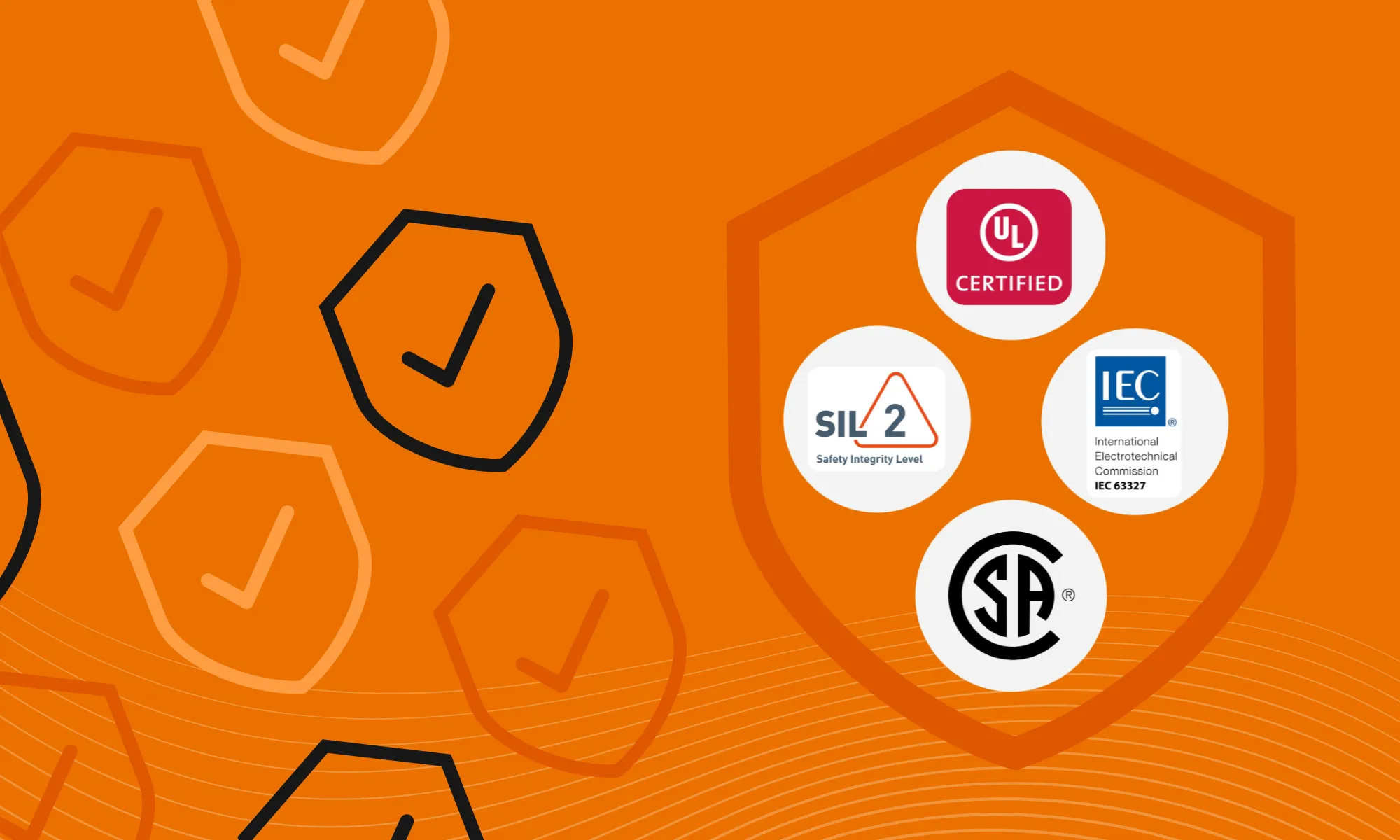Remotely Monitor Fleet Performance Using a Robot Management Platform

Summary
Contents
What if managers didn’t have to physically visit their different facility locations every day to verify completion of operational tasks? With the right automation partner, intelligent robots and corresponding fleet management tools, this dream is a reality! BrainOS®, our pioneering artificial intelligence (AI) robotics software platform, not only powers autonomous mobile robots that can tackle operational tasks, like cleaning floors and scanning inventory, but also delivers fleet management tools that make monitoring robotic performance easy. Even further, these tools deliver metrics and data insights straight to your laptop, tablet or mobile device, so operations across stores, schools, warehouses, airports and more, can be managed any time, anywhere — even remotely! This can save managers time, freeing them from having to physically step into each location on a frequent basis to confirm robots are running and each operational task is complete. Sounds great, but how does this level of automation work? Below we’ll review our suite of fleet management tools available to managers and the most important metrics they can reference to effectively monitor day-to-day robotic fleet performance and operations remotely.
BrainOS® Fleet Management Tools
To start, let’s review our three primary robot fleet management tools available to managers that simplify the process of observing and optimizing BrainOS®-powered robotic operations from anywhere.
Fleet Ops Portal
A cloud-based portal that provides a fleet-level dashboard with drill-down capabilities and a rich reporting module. This solution includes easy-to-navigate, detailed performance and usage analytics for each autonomous mobile robot at an individual site or across multiple locations.
Email Reports
Configurable daily usage reports that show autonomous usage, operational metrics and heat maps. Weekly roll-up reports provide a clear and concise summary view specifically for managers and supervisors.
BrainOS® Mobile
A mobile application delivering real-time robot information, performance and notifications. The app also includes a Learning Center with a host of materials to ensure new operators can access training for utilizing their robotics.

As you can see, our fleet management tools deliver greater visibility into your facility operations with robust intelligence — allowing managers to track, measure and optimize robotic performance to drive greater operational efficiency. Now, let’s dive into how you can leverage the performance metrics provided by these tools to achieve your operational goals.
Set Goals for Each Robot & Site
When a manager first takes on the task of overseeing a BrainOS®-powered robotic fleet, it’s important to clarify the overall goals. Managers can then review the most relevant robotic metrics, via the fleet management tools, and flag necessary improvements.
Example KPIs for BrainOS®-powered floor cleaning robots:
- Autonomous usage. BrainOS®-powered robot usage should be 80% or higher compared to when used in manual mode.
- Daily Autonomous Operational Hours. Each robot should target a specific hour duration of usage, such as two hours per day.
- Square feet covered daily. Each BrainOS®-powered autonomous mobile robot should cover a specific number of square feet each day, such as 30,000 square feet.
Review Relevant Performance Metrics
When managers have clear overall goals in mind for their robotic fleets, they can regularly monitor the following key metrics throughout the day, regardless of their location, to verify robotic proof of work and identify opportunities for improvement.
Metrics for BrainOS®-powered Floor Care Robots
Regional managers can use the following metrics from their robot fleet management tools to compare performance across facilities, flag adjustments and improve autonomous floor scrubbing and vacuuming output:
- Autonomous usage. Verify robots are meeting usage goals by sorting your fleet by usage from low to high to focus on exception reporting. Prioritize increasing usage in the low performing sites. Repeat this step, but this time sort from high to low, and use this data to recognize the locations with high robotic usage and collect their feedback on how/why these associates were quick technology adopters.
- Usage trends timeline. Is robot usage up or down compared to previous time frames?
- Routes. Review the routes each site is running. Are they cleaning the entire facility, achieving your daily square feet of coverage goal, or only parts of the facility? Identify opportunities to optimize cleaning output by covering more floor space.
- Number of assists. Another important metric to consistently check in tandem with other key metrics is for machines with high assists. It might be time for a facility to retrain a route its robots are following due to layout changes, as this can impact teams reaching daily robotic usage and coverage goals.
So, there you have it! With the support of BrainOS®-powered machines and a robust robot management platform, facility managers, including those overseeing multiple regional or national locations, can easily verify if a facility's tasks are being completed without physically being on site. Opportunities for enhancing operations any time, anywhere are now at their fingertips! Ready to experience a demo of these intelligent autonomous mobile robots and fleet management tools? Contact us today!
Related product resources

Press release

Press release
Brain Corp Promotes John Black to Chief Technology Officer and Hires Dr. Kavitha Velusamy as Senior Vice President of Software and AI


